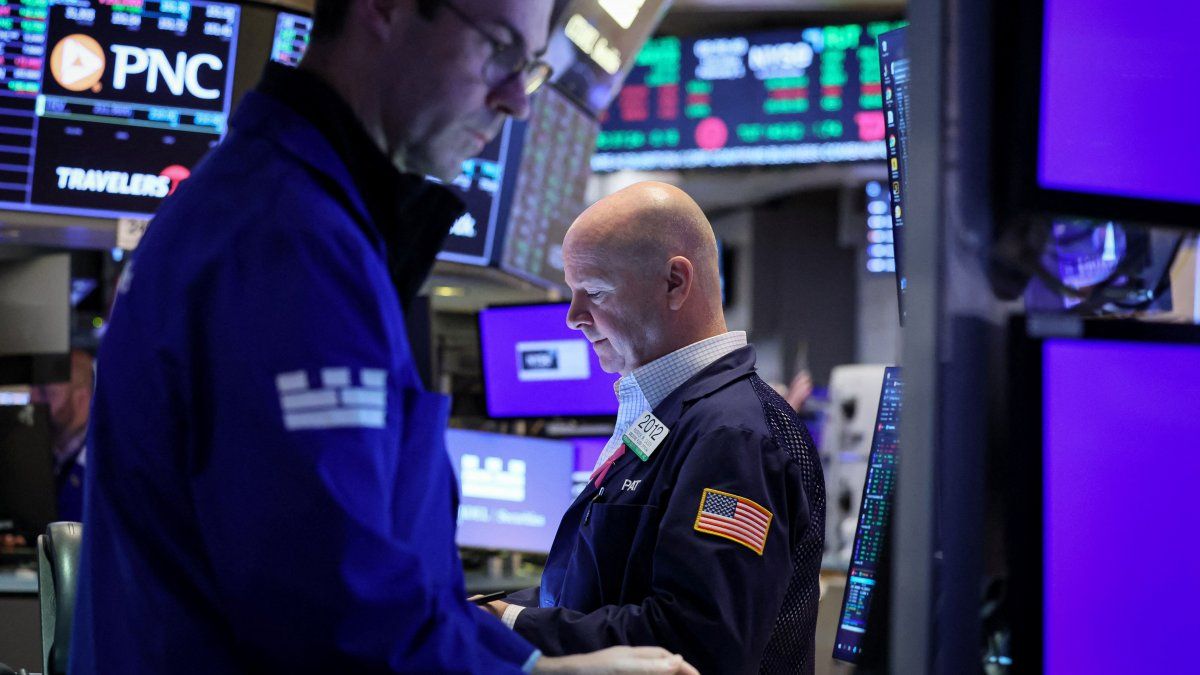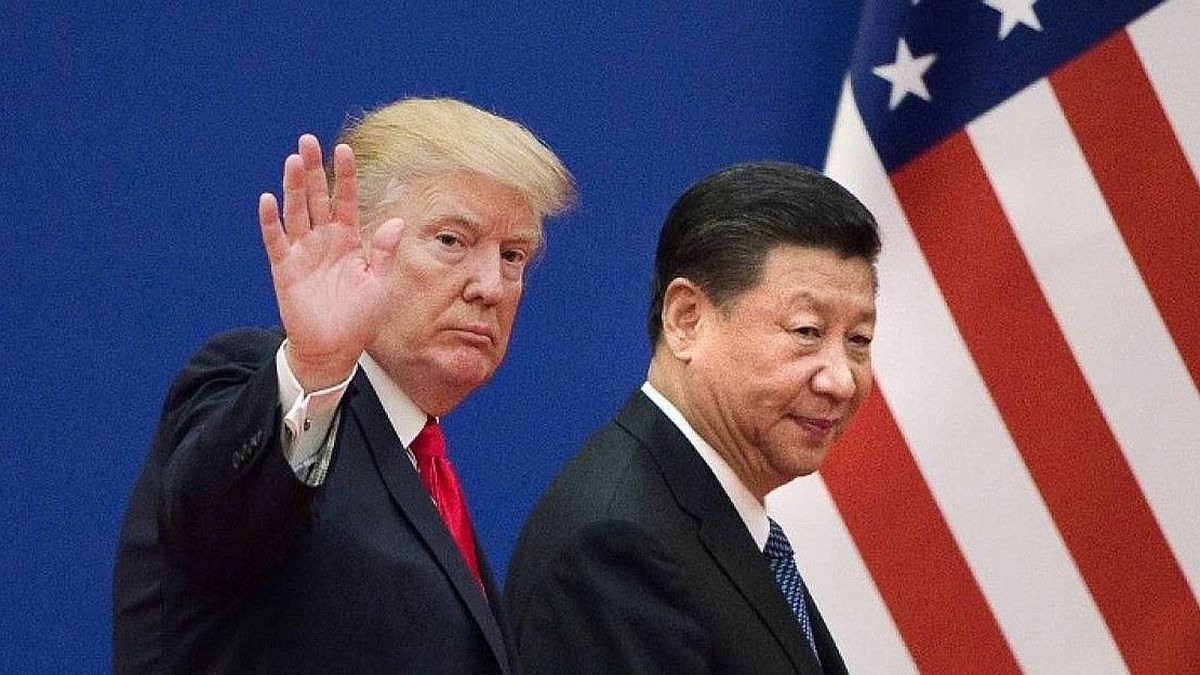With other indicators of economic activity pointing to solid growth in the United States, analysts say investors are increasingly betting on a soft landing, that is, a gradual slowdown in growth and inflation that does not lead to a recession.
Stocks have received a particular boost this week, and on Thursday were dragged down by another rally in U.S. big tech stocks, which are typically more sensitive to growth prospects, that spread to other markets. The one that shines the most is the stock of Nvidia, a company that became the third most valued in the US thanks to Artificial Intelligence.
The asian bags rose on Thursday, driven by chip values, with the Nikkei surpassing a new 34-year high, while the dollar took a breather near a three-month high, as markets assess when the Federal Reserve is likely to begin its easing cycle.
MSCI’s broadest index of Asia-Pacific shares, which does not include Japan, rose 0.7%, with the technology index up almost 3%. Taiwan stocks hit record highs, with chipmaker TSMC up nearly 8%.
Japan’s Nikkei closed up 1.2%, hitting 38,188.74 during the session, its highest level since January 1990, and approaching its all-time high, last reached in December 1989.
European indices were heading for strong openings with Eurostoxx 50 futures up 0.40%, German DAX futures up 0.29% and FTSE futures up 0.35%.
Inflation and rates in the US
Investor expectations that the Federal Reserve will cut interest rates soon and deeply have been besieged by a series of data that has underscored the resilience of the US economy and labor market, with data this week showing inflation persistent.
Data on Tuesday showed consumer prices rose more than expected as rental housing costs soared.
According to CME’s FedWatch tool, traders now rate the possibility of a cut in June at 82%, further delaying the starting point of the US central bank’s easing cycle. At the end of 2023, markets were anticipating rate cuts starting in March.
Investors now expect cuts of 97 basis points over the year, closer to the 75 basis points the Federal Reserve had forecast in December.
Central bankers around the world will be somewhat less willing to cut rates if the Federal Reserve has to delay its decision, said Ben Bennett, APAC investment strategist at Legal And General Investment Management.
“But it’s just one inflation figure and we all know how difficult it is to predict inflation, so the impact on the market is probably relatively small unless we have a second consecutive high figure.”
Chicago Fed President Austan Goolsbee said Wednesday that the Fed’s path back to its 2% inflation target would remain on track even if price growth spikes a little more what is planned in the coming months.
The central bank should be careful not to wait too long before cutting interest rates, Goolsbee said.
The 10-year Treasury yield, , fell 3.1 basis points to 4.236% during the Asian session.
Coins
He and in rose on Thursday, with the dollar losing 0.38% to 150.03 yen, despite unexpectedly weak Japanese Gross Domestic Product (GDP) figures, which saw the country lose its title as the world’s third largest economy.
The Japanese currency held below the three-month low of 150.88 hit on Tuesday, buoyed somewhat after Japan’s top currency officials warned the previous day against “rapid” moves in the yen.
As for the cryptocurrencies, he bitcoin rose 0.4% to $51,970. It reached $52,555 in Asian trading, surpassing the 25-month high of $52,079 hit on Wednesday, after the total value invested in bitcoin surpassed $1 trillion for the first time since November 2021.
Thursday, Investors saw a roughly 44% chance that the Fed would cut rates in May, according to market futures. This marks a sharp decline from early February, when a rate cut was considered certain by then.
Recession in Japan
On Thursday, data showed Japan’s economy slipped into recession as it unexpectedly contracted for a second straight quarter due to weak domestic demand, raising doubts about the central bank’s plans to abandon its ultra-loose monetary policy this year.
The yen strengthened, but was trading near the psychologically important level of 150 to the dollar. The yen was trading at 150.18 per dollar at the time of writing this article.
In the past, the 150 level has been seen as a possible catalyst for intervention by the Japanese monetary authorities. It was just above this level that led them to intervene to support the yen in late 2022.
Source: Ambito
I am a 24-year-old writer and journalist who has been working in the news industry for the past two years. I write primarily about market news, so if you’re looking for insights into what’s going on in the stock market or economic indicators, you’ve come to the right place. I also dabble in writing articles on lifestyle trends and pop culture news.




